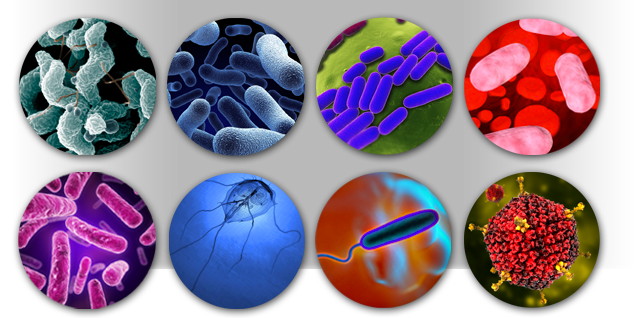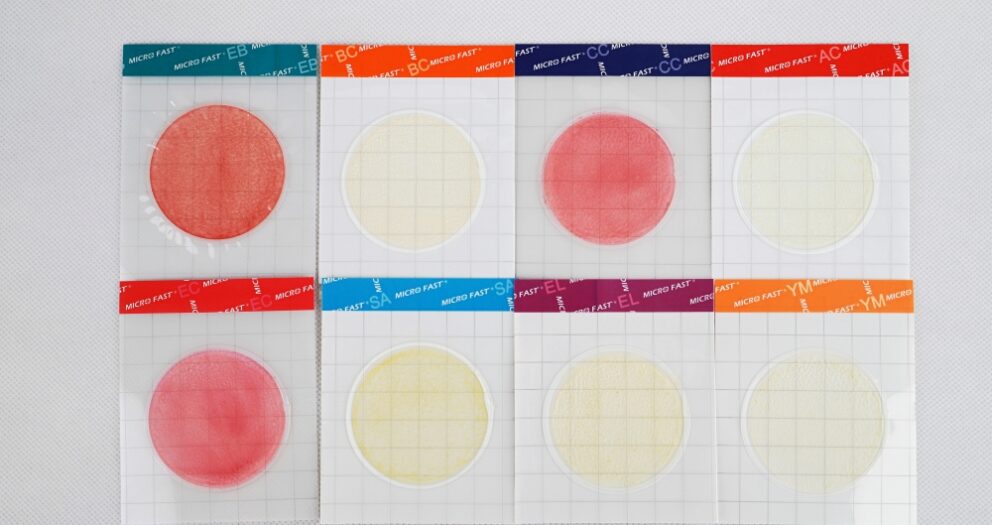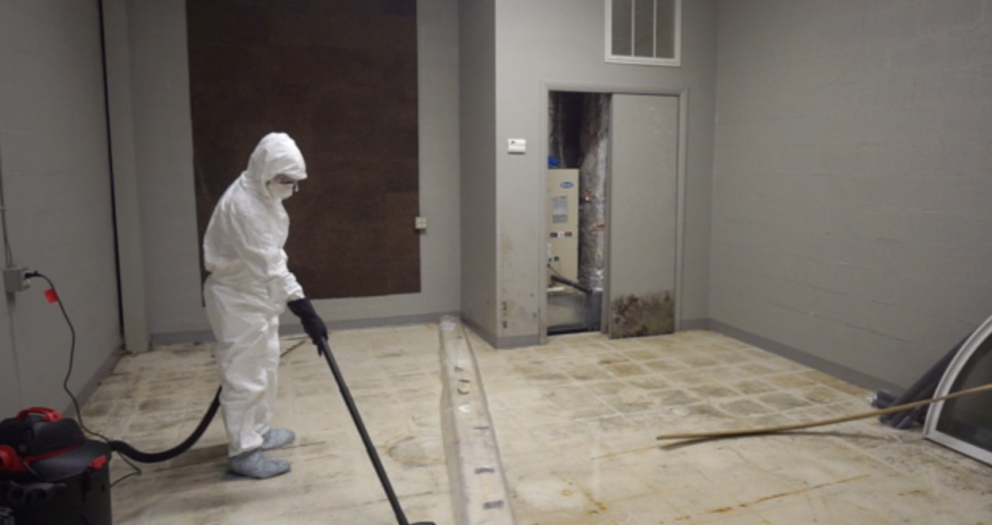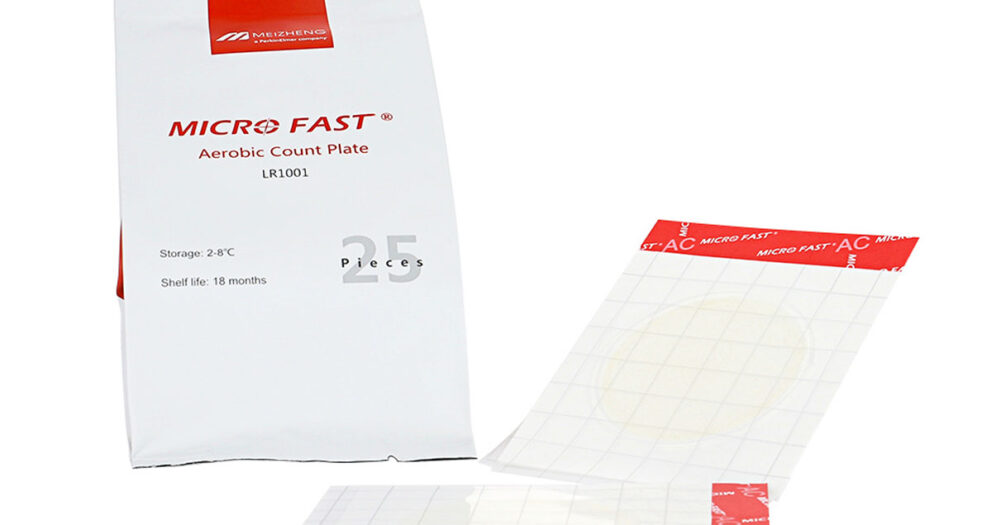1. Human factor
(1) The hands of the personnel are not clean, such as not washing hands and disinfecting before work, after meals, and after going to the toilet, and when gloves come into contact with unclean objects (residues, defective products, rags, face, ears, hair, mobile phones, equipment, etc.) ), gloves are not replaced and disinfected in time, there is dirt in the nails, etc. Experiments on the number of microorganisms in a group of the same hands after different hand washing and disinfection showed that there were 1300 microorganisms/c㎡ before washing hands, 80 microorganisms/c㎡ after washing hands, and only 0 microorganisms/c㎡ after disinfection. It is conceivable that hand washing and disinfection of importance.
(2) Personnel work clothes are not clean, such as work clothes are not cleaned and disinfected on time, work clothes are not completely dried after cleaning, personnel do not wear sleeves during packaging, and bacteria colonize the products from the clothes inside.
(3) The staff does not have a fixed post, and they walk around the workshop at will, especially from the raw area to the cooked area. It is very easy to bring microorganisms and dust into the non-clean area, causing hidden dangers. Therefore, please try to designate a person for the post as much as possible. It is necessary to prevent the personnel from the raw area from going to the cooked area and reduce the access to the workshop.
(4) Violating the hygiene management system and bad hygiene habits during the work process, such as not wearing a mask to cover the nose as required, not wearing one-piece suits in the packaging room as required, talking to the product, sneezing, often scratching the ears and cheeks, etc.
2. Factors of machinery and equipment
(1) There are food residues left on the machinery and equipment, such as packaging machine chains, packaging suction cups, slicing blades, filling machines, filling machines, filling spatulas, chocolate coating machines, cooling conveyor belts, cooling towers and other stains. If it is not cleaned for a long time, it will cause microorganisms to multiply.
(2) Food residues attached to tools and utensils, such as cutting boards, front and back sides of consoles, baking trays, carts, pots, buckets, etc., are easy to breed microorganisms.
(3) Air outlets such as fans, hand dryers, dehumidifiers, and air conditioners are prone to accumulating dust, bacteria, and mold spores, especially after production stops and in humid weather.
3. Factors of raw and auxiliary materials
(1) The raw materials are polluted due to their poor quality or improper storage conditions, such as the eggs are not fresh enough, the flour is too wet to grow insects, and the colloidal emulsifier absorbs microorganisms in the air. In addition, products that have undergone secondary processing often use raw materials with a very high number of microorganisms, such as bean paste fillings, meat floss, meat paste, jam, cocoa powder, cream, salad dressing, etc., which greatly increases the original bacterial count. After all, not all microorganisms can be killed during the baking process, and some residual microorganisms will continue to multiply in the product. Once the microbial indicators are unqualified, it will cause problems with the quality of the final product.
(2) The sealing of the packaging material is not good, the outer packaging or surface is not clean, and microorganisms are attached, which are eventually brought into the product.
4. Factors of process method
The process flow is unreasonable
A. Unreasonable flow of personnel and materials inside and out, resulting in cross-contamination.
B. There is no distinction between positive and negative pressure areas and raw and cooked areas.
C. After the product is baked, it returns to the molding room for decoration.
5. Factors of production environment
(1) There are many planktonic microorganisms in the air, including mold spores, bacteria, etc. These microorganisms will settle on the surface of food or on people, directly or indirectly contaminating food
(2) Due to long-term water storage, microorganisms can easily breed in parts of high-humidity water environments such as sewers, outside of footbaths, sinks, buckets, water pipes, taps of tap water, tap water pipes, unclean floors and bottom plates, and then move around with the wind. Disperse by wafting or clinging to a person.
Explore more microbiology test kits.






